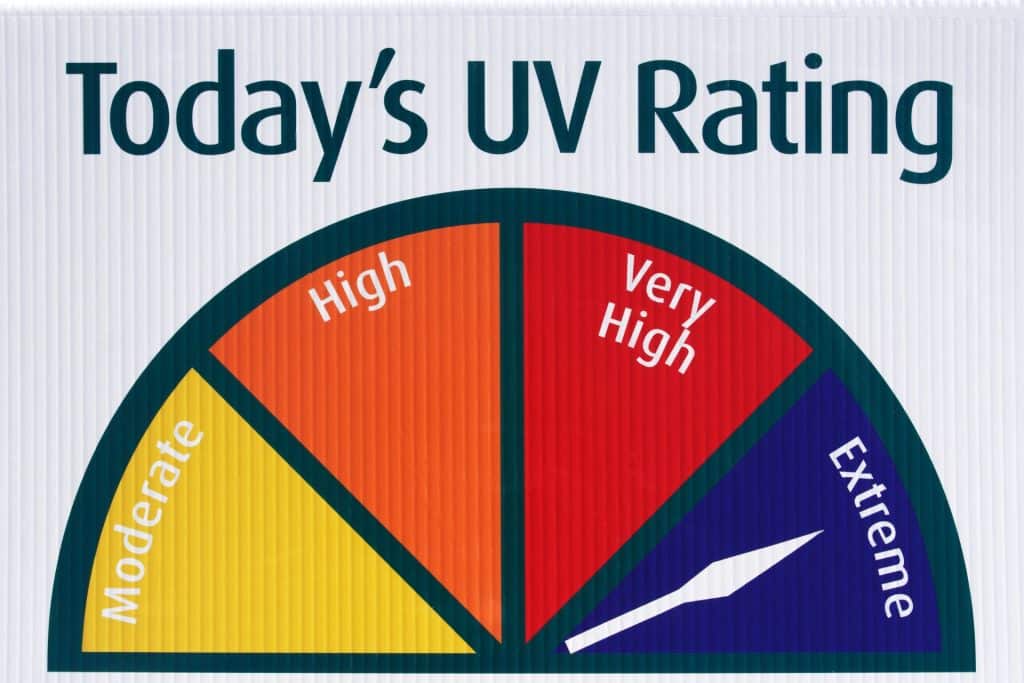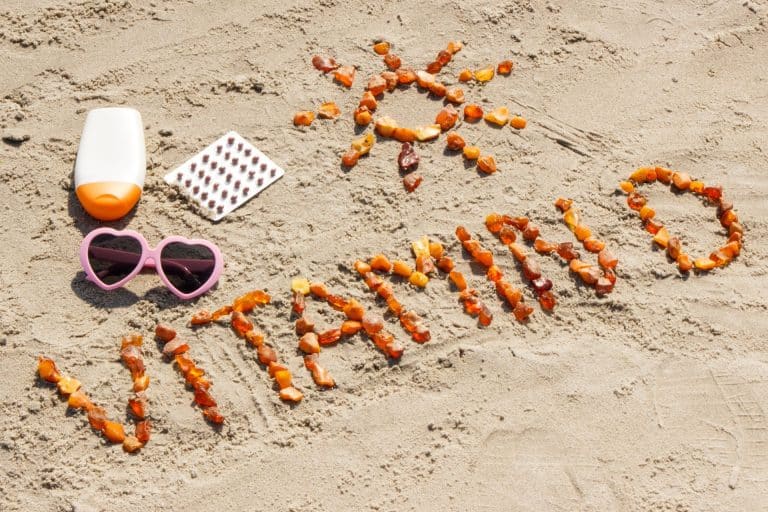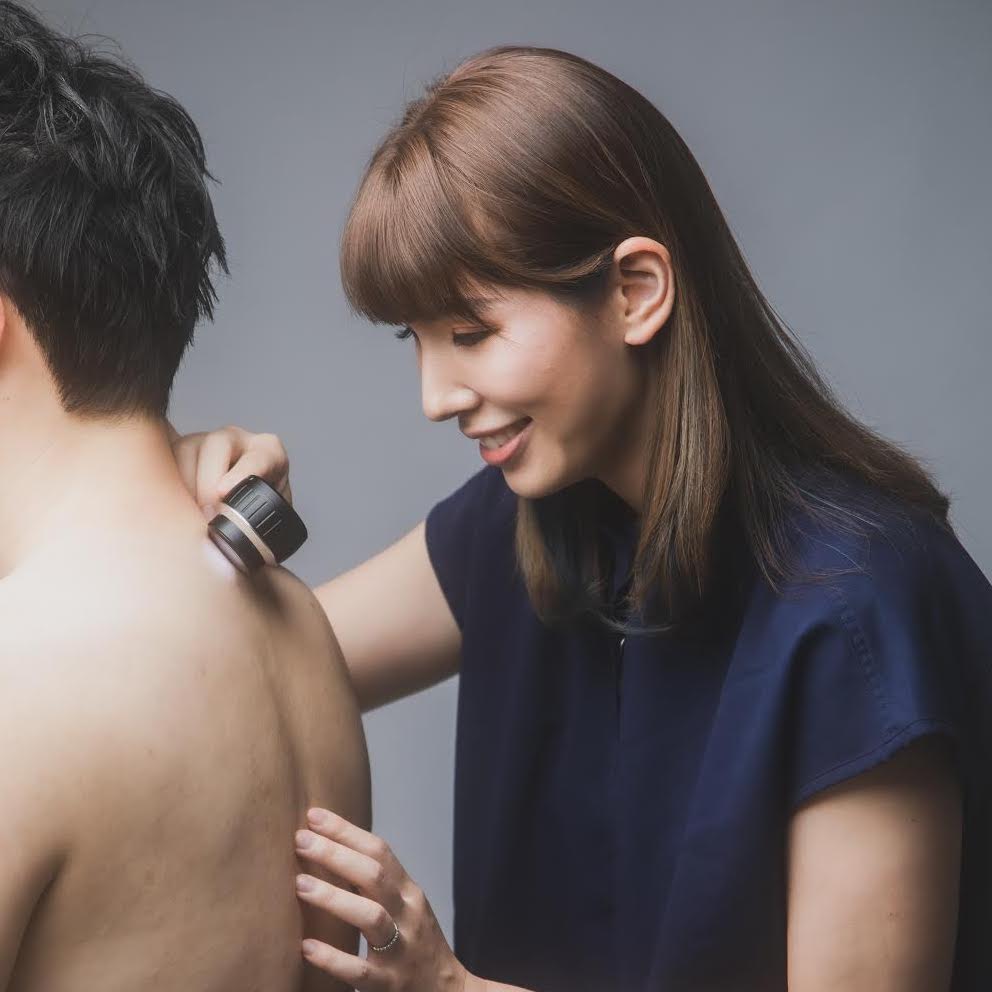At ISO Skin Cancer Clinic, we understand the importance of evidence-based discussions when it comes to ultraviolet (UV) light and melanoma risk. While UV exposure is often cited as the primary environmental factor in melanoma development, some scientific arguments challenge its role as the sole cause. This article will explore both perspectives, examine the evidence base for sunscreen use, and discuss why melanoma rates have increased globally particularly in Australasia.
Arguments For UV Light as a Cause of Melanoma
1. High Melanoma Incidence in High UV Regions
- Australia and New Zealand have the highest melanoma rates in the world, correlating strongly with higher UV exposure levels.
- Queensland, Australia has a melanoma incidence 4 times higher than in the US.
- The latitude effect: Melanoma rates tend to be higher closer to the equator, where UV exposure is more intense.
2. Recreational Sun Exposure and Childhood Sunburns
- Studies show that melanoma risk is significantly associated with intermittent sun exposure, especially during childhood.
- Multiple childhood sunburns double melanoma risk in adulthood.
3. DNA Damage from UV Radiation
- UV exposure leads to DNA mutations, particularly the signature C-T mutation in tumour suppressor genes such as p53, which is linked to melanoma development.
4. Sunscreen Studies Show Reduction in Melanoma Risk
- A large Australian study found that daily sunscreen users had 50% fewer melanomas than those using sunscreen intermittently.
Arguments Against UV Light as a Cause of Melanoma
1. Melanoma in Sun-Protected Areas
- Melanoma develops on sun-protected areas such as the nail matrix, soles of the feet, and mucosal surfaces.
- Acral lentiginous melanoma (ALM), the most common form in Asian and Black populations, appears on areas not exposed to the sun, suggesting UV radiation may not be the only factor.
2. Occupational vs. Recreational Sun Exposure
- Studies show that outdoor workers (who get more chronic UV exposure) have a lower melanoma risk than indoor workers, contradicting the idea that more sun exposure = higher risk.
3. Albino Populations Have Increased Skin Cancer, But Not Melanoma
- Albinos in Africa have a 1000-fold increase in squamous cell carcinoma (SCC) but no significant increase in melanoma.
4. Some Melanomas Are Not Linked to UV Mutations
- While p53 mutations in UV-exposed skin cancers are well documented, melanomas do not always show the same mutations, suggesting alternative pathways.
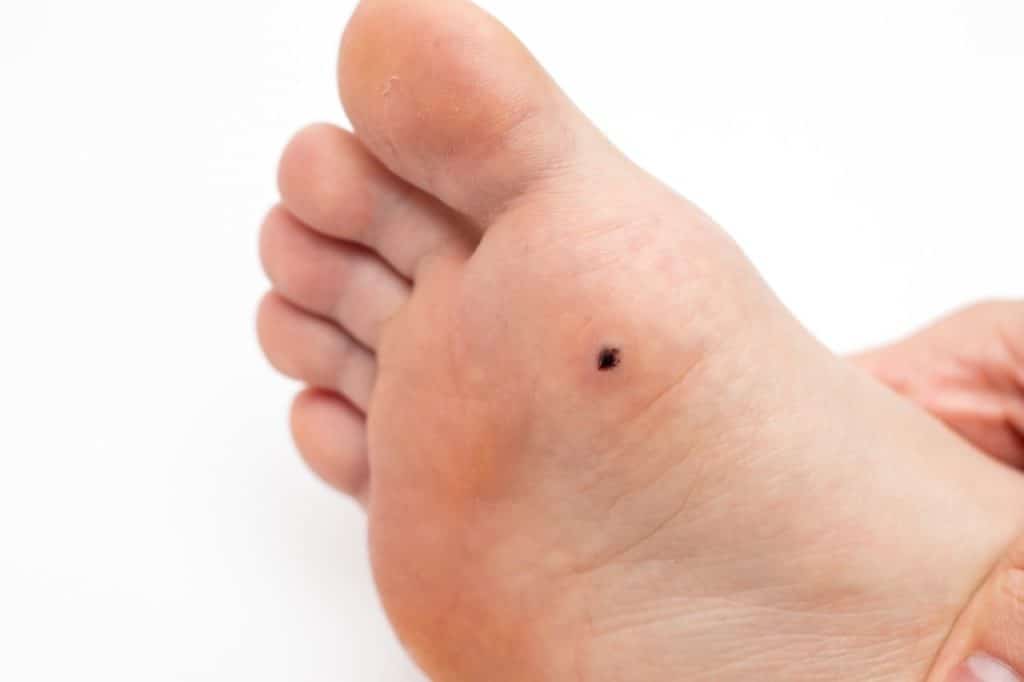
Sunscreen: Regular Use vs. Discretionary Use
Evidence for Regular Sunscreen Use
A randomised controlled trial in Australia (Nambour Study) found:
- Daily sunscreen users had half the number of melanomas compared to discretionary users (11 vs. 22 cases over 10 years).
- A 40% reduction in squamous cell carcinoma (SCC) was also observed.
Is This Evidence Compelling and Applicable to All Patients?
- While the Nambour study is a gold-standard trial, its results may not be generalisable to all populations (e.g., darker-skinned individuals, who naturally have more UV protection).
- Some case-control studies have found no association between sunscreen use and melanoma risk, possibly due to inconsistent application or delayed reapplication.
Reasonable Alternatives to Sunscreen Use
- Seeking Shade – Reduces UV exposure but does not eliminate it entirely.
- Wearing Protective Clothing – Clothing with a high UV Protection Factor (UPF) is highly effective.
- Avoiding Peak UV Hours (10 AM – 4 PM) – Reduces exposure significantly.
How Often Should Sunscreen Be Reapplied?
- Every 2–3 hours during sun exposure.
- After swimming or sweating, even if the sunscreen is water-resistant.
Advice for a Fair-Skinned Adolescent About Sunscreen Use
A fair-skinned adolescent is at higher risk of melanoma, especially if they have:
- A history of sunburn.
- Freckles or a tendency to burn rather than tan.
- A family history of melanoma.
Recommendations:
- Use SPF 30+ sunscreen daily on exposed skin.
- Apply 20 minutes before sun exposure and reapply every 2 hours.
- Wear UV-protective swimwear when swimming.
- Seek shade and wear a hat whenever possible.
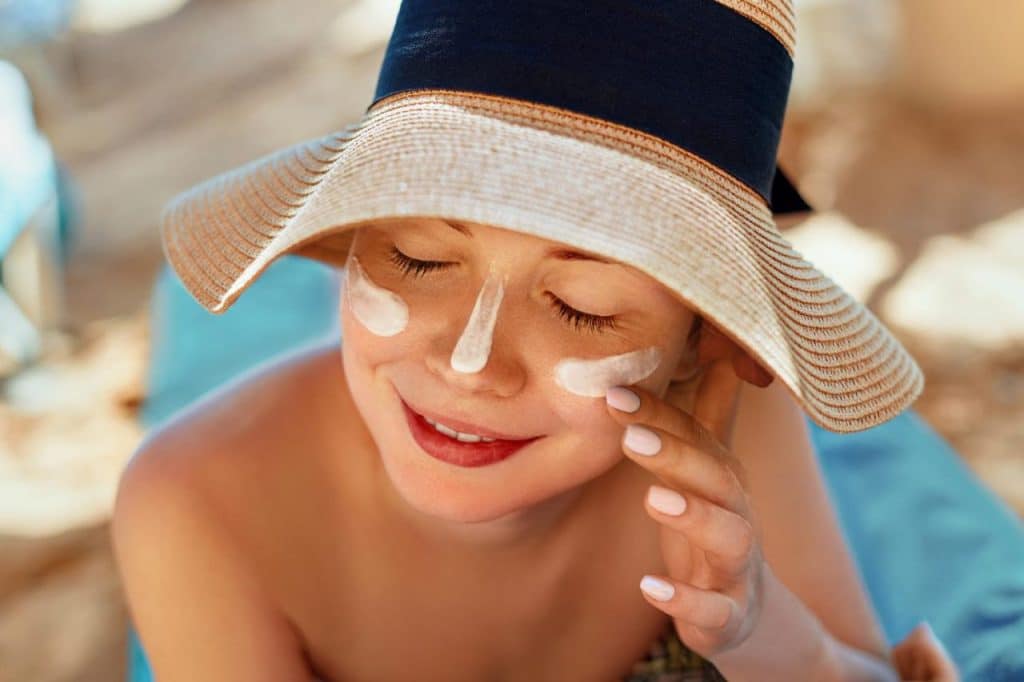
What Is Driving the Global Increase in Melanoma?
1. Cultural and Fashion Changes
- Swimsuits expose more skin, and wearing hats has become less common.
- Tanning became fashionable in the 1920s, increasing voluntary UV exposure.
2. Increased International Travel to Sunny Destinations
- Affluent populations travel more frequently to high UV index regions, increasing intermittent sun exposure.
3. Thinning of the Ozone Layer
- Decreased ozone protection increases UV penetration, leading to higher cumulative exposure.
4. Overdiagnosis of Melanoma
- More aggressive screening and changing histopathological criteria may lead to higher reported cases but not necessarily more fatal cases.
Why Is Melanoma More Common in Australasia?
1. Mass Migration of Light-Skinned Populations to a High UV Region
- Fair-skinned European populations settled in Australia and New Zealand, where UV exposure is much higher than in their ancestral environments.
2. Proximity to the Equator
- Australia’s latitude exposes it to some of the highest UV levels globally, especially in Queensland.
3. The Earth’s Orbit Places the Southern Hemisphere Closer to the Sun in Summer
- During the southern summer, Earth is 3.4% closer to the sun, increasing UV intensity by about 7%.
4. Clearer Skies and Lower Pollution
- Less atmospheric pollution in the Southern Hemisphere allows more UV radiation to reach the surface.
Conclusion: A Balanced Approach to UV Protection
While UV exposure is a major risk factor for melanoma, not all melanomas are caused by sunlight. The evidence for sunscreen use is strong, but additional protective measures such as seeking shade and wearing protective clothing are equally important.
At ISO Skin Cancer Clinic, we recommend a tailored approach to skin protection – considering individual risk factors, lifestyle, and family history. Book a consultation today to assess your skin cancer risk and get personalised sun safety advice.

